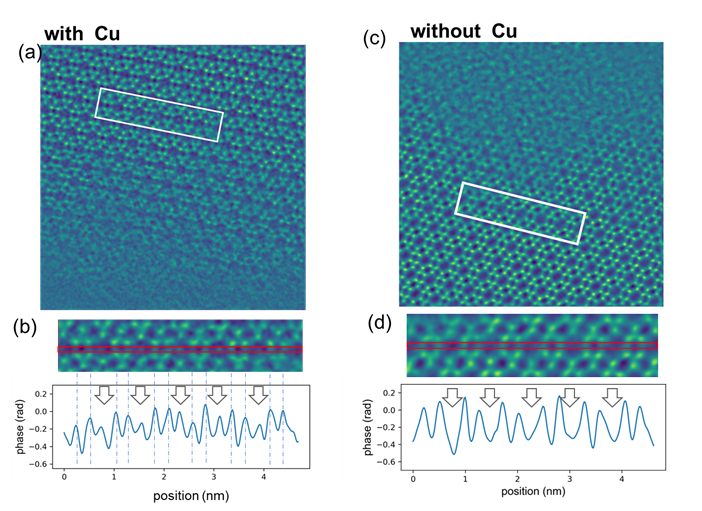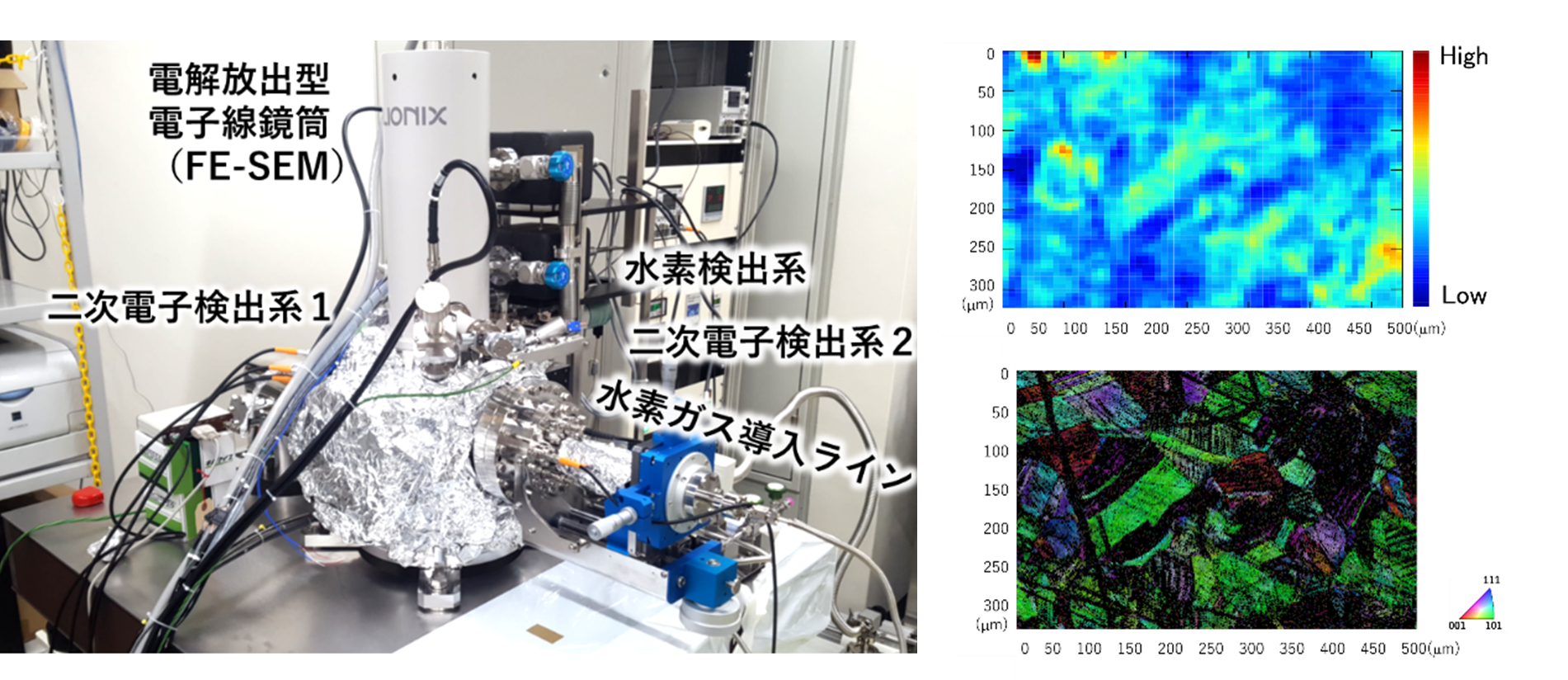ここからサイトの主なメニューです
ここからページの本文です
In-situ Electron Microscopy Technique Group
In-situ observation technology, which dynamically observes how a sample reacts to external stimuli, is very effective in materials research. In particular, recently, "working environment measurement," which is the observation of the situation in which functional materials and devices actually perform their functions and operate, has been actively pursued around the world. However, there are various limitations to electron microscopy, and it is necessary to devise various methods for each observation purpose.
This research group targets the measurement of the working environment of materials, and is working to further improve the working environment measurement methods we have developed so far, such as voltage application, gas environment, and observation in liquid, as well as to develop observation methods that minimize damage caused by observation of materials by acquiring large amounts of data and processing the obtained data using information theory, thereby improving the electron microscopy techniques themselves. The purpose of this project is to contribute to materials researchers at NIMS and to materials research in general by improving the working environment measurement method itself and realizing more advanced and wider applicable range of working environment measurement by acquiring a large amount of data and processing the obtained data using information theory.
This research group targets the measurement of the working environment of materials, and is working to further improve the working environment measurement methods we have developed so far, such as voltage application, gas environment, and observation in liquid, as well as to develop observation methods that minimize damage caused by observation of materials by acquiring large amounts of data and processing the obtained data using information theory, thereby improving the electron microscopy techniques themselves. The purpose of this project is to contribute to materials researchers at NIMS and to materials research in general by improving the working environment measurement method itself and realizing more advanced and wider applicable range of working environment measurement by acquiring a large amount of data and processing the obtained data using information theory.
Field of Expertise/Research Subjects
♦ In-situ observation method development♦ Electron Microscopy Method
♦ Various phase recovery methods
♦ Operando Hydrogen Microscope
【Examples of Research】

Figure1. Development of High-Resolution Measurement Technique by 4DSTEM and Material Applications
Direct observation of trace metal atoms in zeolite by electron beam tychography

Figure2. Operando hydrogen microscope (left) and the distribution of hydrogen permeating through the material measured by the same instrument (upper right). Compared with the structural analysis results (lower right), it can be seen that the amount of water and permeation differs for each stainless steel grain. The operando hydrogen microscope is a hydrogen visualization system developed at NIMS. By adding a mechanism to detect electron-excited desorbed hydrogen ions in a scanning electron microscope, combined with a mechanism to introduce hydrogen into the back of a thin-plate sample, the two-dimensional distribution of hydrogen transmitted through the sample can be measured in-situ over a long time. The system is currently manufactured and marketed by Elionix, Inc. under a licensing agreement 1). For related research, please see our archive page 2).
1) www.elionix.co.jp/keisoku/era_600h2
2) https://www.nims.go.jp/eng/research/group/surface-physics-characterization/index.html
Group Leader
Group Members
お問い合わせ窓口
In-situ Electron Microscopy Technique Group
1-2-1 Sengen, Tsukuba, Ibaraki, 305-0047 JAPAN
E-Mail:
MITSUISHI.Kazutaka=nims.go.jp (Please change "=" to "@")
ここからサイトの主なメニューです


